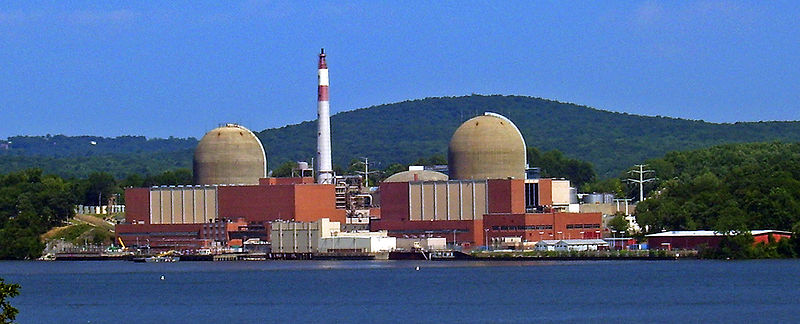A journalist asked me to comment on the efforts by Governor Cuomo to close down the Indian Point nuclear power plant, outside of New York City. An edited form of my reply follows (image from www.elp.com):

I am a climate scientist with no particular expertise on things nuclear and little knowledge specific to individual power plants and little knowledge about the details of New York’s power supply system, so I am a loathe to comment on Indian Point and other matters with great specificity.
I do know that nuclear power has been one of the safest and most reliable, if not the safest and most reliable, forms of electricity generation operating over the last half-century — and this is taking the tragic accidents at Chernobyl and Fukushima into account.
Coal kills something like 3000 people every day, largely due to health effects of particulate emissions. More people die from every week from coal-electricity production than have ever died as a result of nuclear power. The airplane crash gets the news; people dying on the highway every day is a bit ho-hum.
That said, if you were siting a nuclear power plant today, I don’t think you would site it near a giant population center. That is just sensible risk management. The risks are already small, but why not make them even smaller?
If Indian Point is closed down what will take its place? Will it be better or worse? What will be built additionally? Today, the cheapest electricity from new builds is typically natural gas. It is clear that natural gas is much worse for the environment than nuclear power.
I went to high school in Yorktown Heights, New York, less than 10 driving miles from Indian Point. Back then, I felt tangible disquietude, afraid that at some point the nuclear core might melt down and expose me to lethal radiation. Now, I understand intellectually that the likelihood of me dying in an automobile accident was many many thousands of times greater than ever dying as a result of a meltdown at Indian Point. But would I put many many thousands of times more effort into avoiding automobile accidents than I would put into trying to reduce risk from Indian Point? No. The desire to close Indian Point is mainly an emotional response to not-easily-quantified threats beyond our control, and not primarily based on a rational risk assessment.
A friend of mine did a study of a wide range of risks, and he decided that one of the main things we could do to reduce real risk in our lives is to wear motorcycle helmets while driving cars. His wife told him that if he did that, she wouldn’t ride in a car with him. So, he drives without wearing a motorcycle helmet.
It is a difficult question: How much should public policy cater to fears that are in large part irrational, but which nonetheless make people uncomfortable? A role of government is to help people feel better. To what extent is it appropriate for governments to undertake costly actions that cater to people’s largely irrational fears? (Isn’t that exactly what we did in Iraq?)
Tough questions. No simple answers.